Nick Rogers’ office is like Piccadilly Circus. We’re supposed to be having a serious talk about his high-powered job as Jaguar Land Rover’s group director of engineering – a proper ‘sit downer’ in interviewer’s parlance – but the place is crowded.
There are a couple of JLR’s young engineers, Thomas and Azam, who are learning by shadowing the boss. There’s Harriet, an in-house journalist, on hand to tell us about her weekly internal news-sheet on engineering subjects.
Range Rover Sport SVR 2018 UK review
There’s a bustling PA organising coffee, Stan the photographer, plus Rogers and me.
It’s already obvious this is how Rogers, who recently turned 50 and is relentlessly youthful in everything he does and says, likes to run things.
UK autonomomy project could slash urban traffic
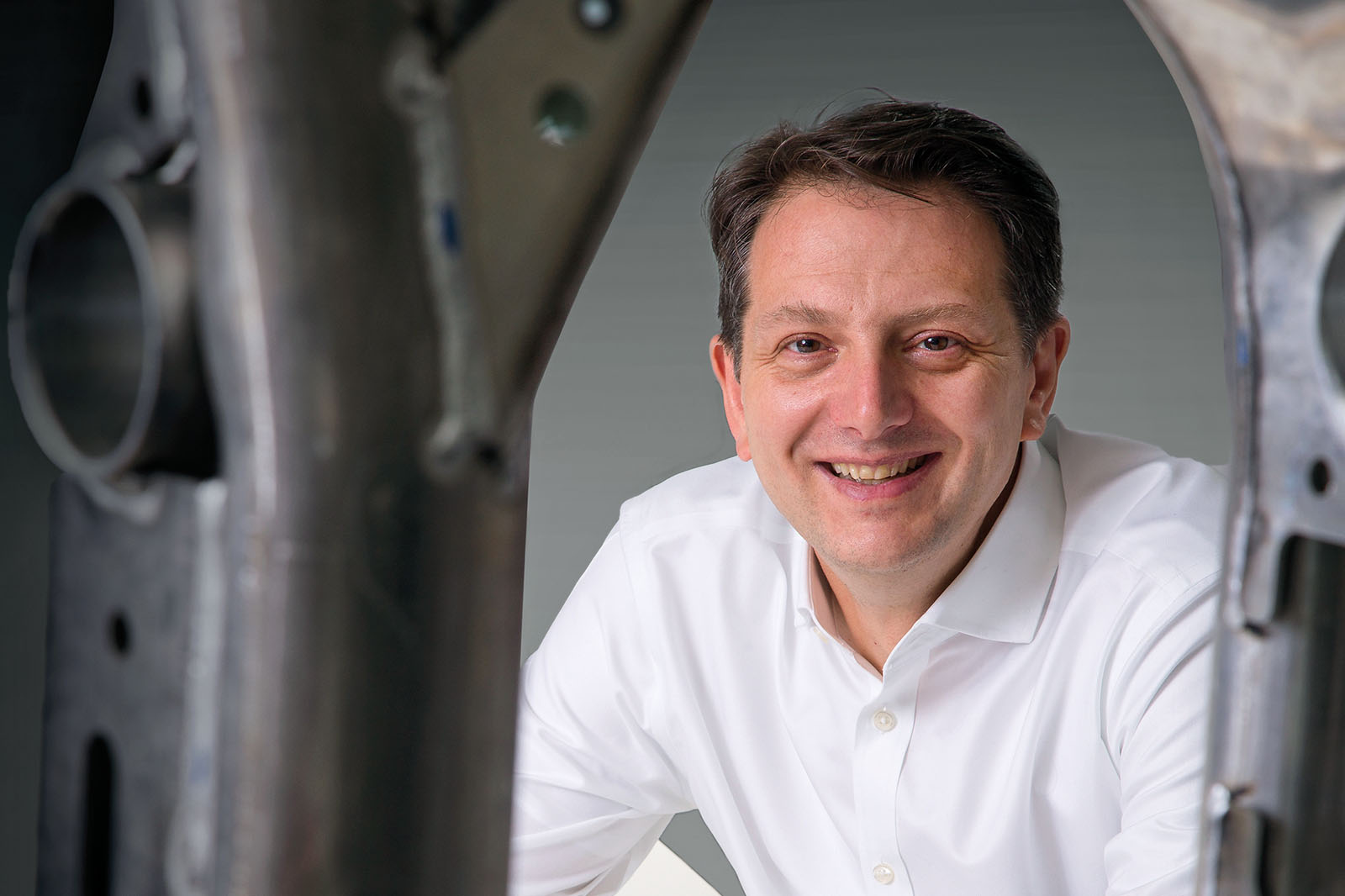
He sees a key part of the job as personal contact: greetings, smiles, encouragement and friendly banter. That, and an unquenchable passion for all things engineering.
In fact, it is a misnomer to refer to this room as his office – “I don’t have an office,” he says – but it is the room where he usually holds his meetings. To get here, we’ve walked half a mile through the huge building referred to as ‘G-Deck’ (or GDEC, for Gaydon Design and Engineering Centre), which is stuffed with engineers, desks and screens. It seemed vast and ambitious when first built under BMW’s ownership, but is now being expanded out of all recognition as just one element of a mammoth site restructuring programme called The Gaydon Triangle.
This new, improved GDEC’s job is to house JLR’s 12,000-strong engineering body, a group that has expanded by 3000 since Rogers replaced BMW veteran Wolfgang Ziebart as the firm’s top engineer three years ago. Since then Rogers has also taken charge of all vehicle lines and research – not bad progress for a bloke who started in the company as an apprentice 30 years ago.
Rogers was brought up on a dairy farm near Oxford and learned to drive the family Series Two Landie at the age of 10 by sitting on a hay bale and using two feet on the clutch. He always had an abiding interest in how things worked (“I took things apart and sometimes got them back together”). At 16, he applied to join British Leyland as a technical apprentice specialising in electronics, which was cutting-edge stuff for the early 1980s. He was selected, got to within a week of starting but was abruptly dropped when he failed a colour-blindness test: “They said they couldn’t have me wiring things wrongly. I was pretty despondent.”
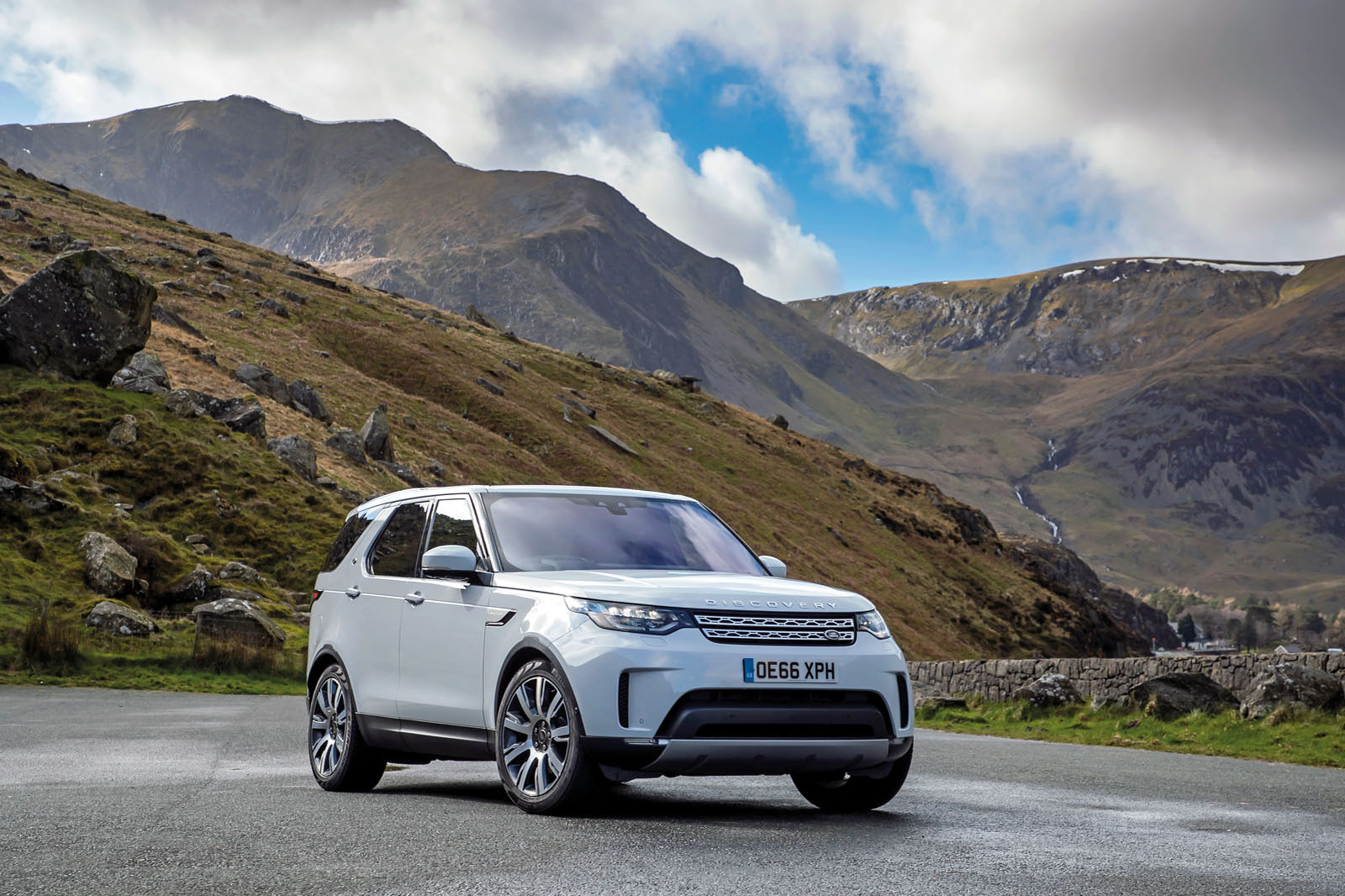
The following morning another call came from BL: “They said: ‘We’d like you to be a body engineer.’ I didn’t even know what a body engineer was, but I did the tests and managed to get through.”
That led to a successful four-year technical apprenticeship followed by an engineering degree which has since led to a doctorate. Young Rogers learned CAE (computer aided engineering) as a body engineer, then turned to the NVH (noise, vibration and harshness) department, then safety engineering. It was, he says, “a fantastic grounding”. Along the way he was given charge of the Rover Mini convertible, worked on co-operative projects with Honda, replaced the bizarre ‘talking dashboard’ of the Austin Montego with a conventional one and worked on BMW’s iteration of the Rover 200.
Other highlights were the first Freelander, 18 months in Munich on the first BMW Mini, then the big job of running all manufacturing at Solihull. “I didn’t have any career plan,” he says. “I just took opportunities that were offered.”
An enormous amount has happened in Rogers’ three years at the top and he practically glows as he lists the highlights: revised Jaguar XF, new Jaguar F-Pace, new Land Rover Discovery, new Range Rover Velar, new Jaguar I-Pace, new Jaguar E-Pace, a new cross-range infotainment system and a huge series of 2018 upgrades of the rest of the model line-up. On top of that, there’s the continuing roll-out of Ingenium engines from Wolverhampton. No wonder JLR’s engineering division needs space.
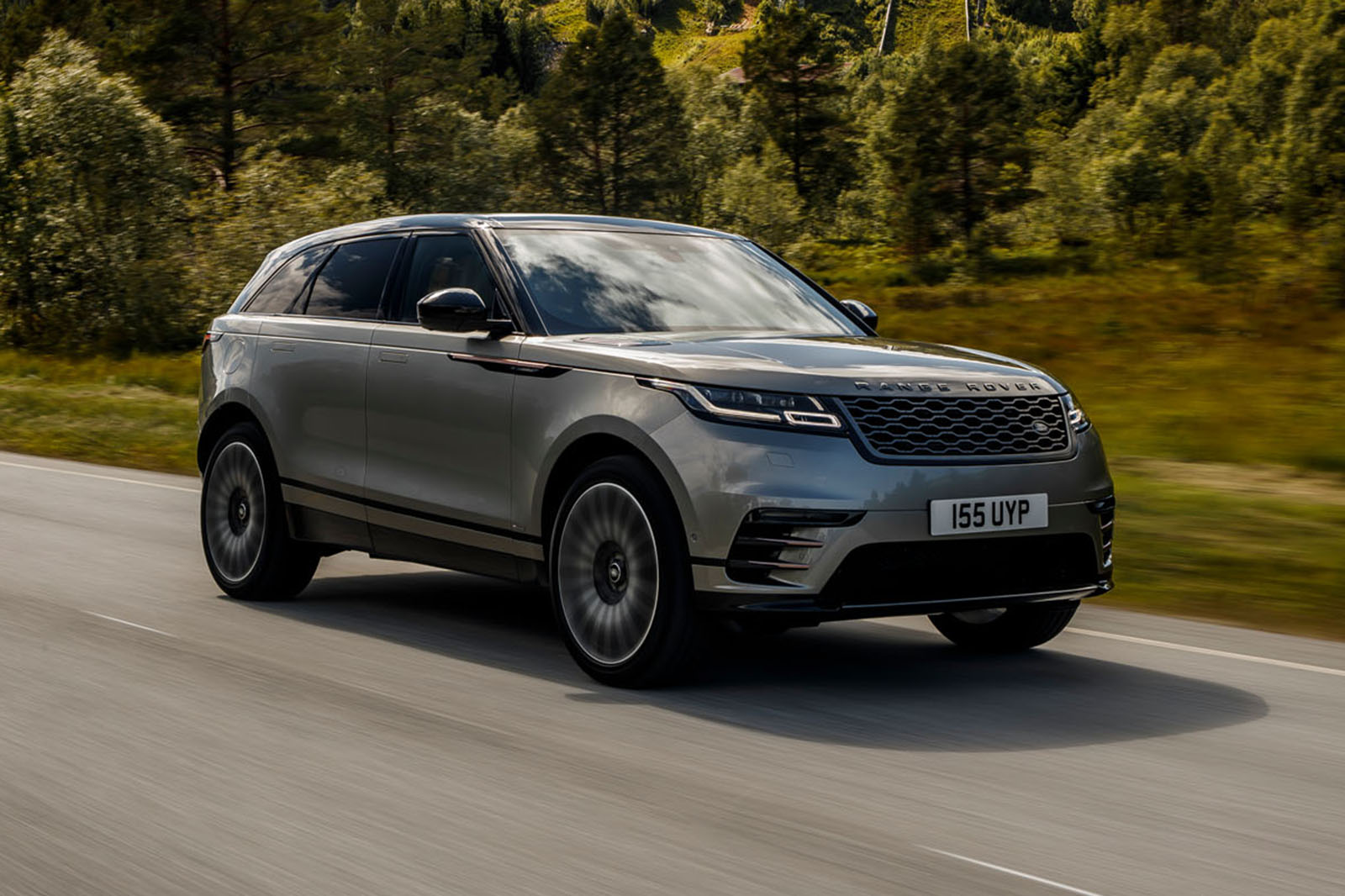
Despite all this obvious size and expansion, Rogers still believes Jaguar and Land Rover have key advantages over their rivals in agility: fast decision-making and speed to market. “We’re obsessed with still being a family firm,” he says. “Like everyone, we’re in a permanent battle to do things faster at the highest possible standard. But we make decisions quickly and we have a very flat management structure. Ralf Speth [JLR’s CEO] believes very firmly in that. Seven of us meet to talk major issues every other Monday and we try to take decisions without delay.”
Underpinning everything is Rogers’ ever-present passion for engineering, evidence of which is displayed along the window sill of his ‘meeting office’ that overlooks one of the new building sites.
There’s an electric drive motor from the revolutionary new I-Pace (the company is keen to make and design its own motors), a selection of cooling gadgetry and expensive-looking aluminium electronic control boxes. The star exhibit (as one of the interns points out) is a suspension subframe from the new electric I-Pace.
It’s the world’s first such structure to be made by Superforming, which greatly simplifies its manufacture. We handle these complex pieces for a minute or two, enjoying their sculptural appeal. Then it’s time to talk engineering difficulties and challenges, of which Rogers good humouredly admits there are plenty. At the top of engineering groups as big as this one, you need optimists like Rogers – a fact not lost on Speth and Ratan Tata (then chairman of Tata group, JLR’s parent company) when they gave him the job.

He’d faced notably tough times in the past, once when required to go to the US and explain to Ford (then JLR’s owner) why a cut-down Ford Explorer wouldn’t do as the next Land Rover; later to explain to one of Europe’s foremost steel-makers (Tata himself) why future JLR vehicles should be made in aluminium...
I’m keen to understand more of how engineers and designers interact, given that in modern times it’s often the latter group who get the glory. Rogers is relaxed about this (“we know they need us”), stressing once again that it’s relationships within JLR’s flat management structure that matter most.
“I’ve known Gerry McGovern and Ian Callum forever. They’re very different characters and they keep their teams separate but we all get along fine. There’s a kind of passionate tension between us at times; it’s very healthy.”
The abrupt decline in diesel demand must be causing headaches for a company that makes its own engines, I suggest, but JLR must feel lucky it makes petrol engines too.
“We regret the perception of diesels that goes back 20 or 30 years,” Rogers says. “Today’s engines are incredibly clean. As for our manufacturing, luck doesn’t come into it. Our engines were always made as a family. The petrol and diesel versions come down the same line; we always talked about swinging between them. But I guess we always expected that swing to be global, not rapid changes in particular regions.”
My other concern is over the future of inventiveness. As JLR rapidly fills the ‘white spaces’ of the conventional model matrix, should we worry that the unpredictable circumstances that produced the Range Rover Evoque – a truly unexpected success – can’t occur again? Rogers has no such concerns: “We’ve done plenty of things since the Evoque that have been unexpected. I’d cite the Jaguar F-Pace, as the first Jaguar SUV. And the I-Pace. That was a complete surprise. I can absolutely promise you some very different and unexpected things for the future.”
Then he goes to a nearby shelf, selects a handsome model of Land Rover’s end-of-run 90 Classic, plants it on the table in front of me and says: “We need to do that again, don’t we?” It’s hard to disagree.
Rogers on…
DIESEL ENGINE CONTROVERSY
“I don’t believe the publicity surrounding modern diesels is either accurate or fair. We’ve worked night and day to make clean diesels but unfortunately the perception of them goes back 20 or 30 years.”
LOVING AESTHETICS
“One way we make our cars different is by fitting bigger wheels. At an I-Pace launch in London, a group from Germany asked me why the car was fitted with 21in wheels, expecting a full-on technical explanation.I told them it was because we thought it looked cool.”
MAKING ENGINES
“There has never been a better time to be an engineer: we have to push the boundaries on both petrol and diesel technology, then make sure we have efficient 3cyl, 4cyl, 6cyl and V8 engines to offer. We also need mild and full hybrid solutions ready, and to join the battery electric revolution.”
DOING MORE IN-HOUSE
“Suppliers used to do a lot of our engineering, but we’ve brought some of it back into the company. That might sound counter- intuitive but we’ve done it so we understand it thoroughly, and can innovate more easily. We still need partners, just like we always did.”
MOTIVATING ENGINEERS
“You can’t write a process for creativity. The trick is to try to keep everyone in a creative spiral. Innovation drives innovation. Cool ideas encourage others to join in. People compete and co-operate with one another to get to the next round of exciting possibilities.”
MAKING JAGUARS AND LAND ROVERS UNIQUE
“Many of our most recent vehicles are in market segments that are new to us, so we need to attract conquest customers. We need buyers to see we’re unique. We keep an eye on rivals, of course, but in some ways we also just do what we want because we’re the ones writing the rule book.”
TRADITIONAL ENGINEERING
“We’ve been getting our leading engineers together in groups on alternate Fridays to discuss traditional subjects such as comfort, lightness, structural integrity and refinement. We wouldn’t want anyone thinking the old stuff doesn’t matter to us any more.”

ONE HE BUILT EARLIER:
Nick Rogers has just bought a Mini convertible at auction for a very special reason. Back at the beginning of the 1990s, when the car was being developed and he was a keen young BL engineer, Rogers was put in charge of body engineering on what was then called 'Project Troy’. He says: “I didn’t want to be a body engineer, but it turned out to be awesome.”
Rogers’ car collection carries a JLR bias. The stars are a Jaguar XK120 and a Land Rover Series 1. Both represent an era of extraordinary creativity, the late 1940s, of which Rogers stands in awe: “Imagine designing a utility vehicle good enough to become a global phenomenon, like the Wilks brothers. Or sitting down as Lyons did, straight after the war, to make a 120mph sports car people would still admire 70 years later.”
Not that Rogers is stuck the past. Hismeeting room wall bears an Einstein quote: “We cannot solve our problems by using the same level of thinking that created them.”
Read more


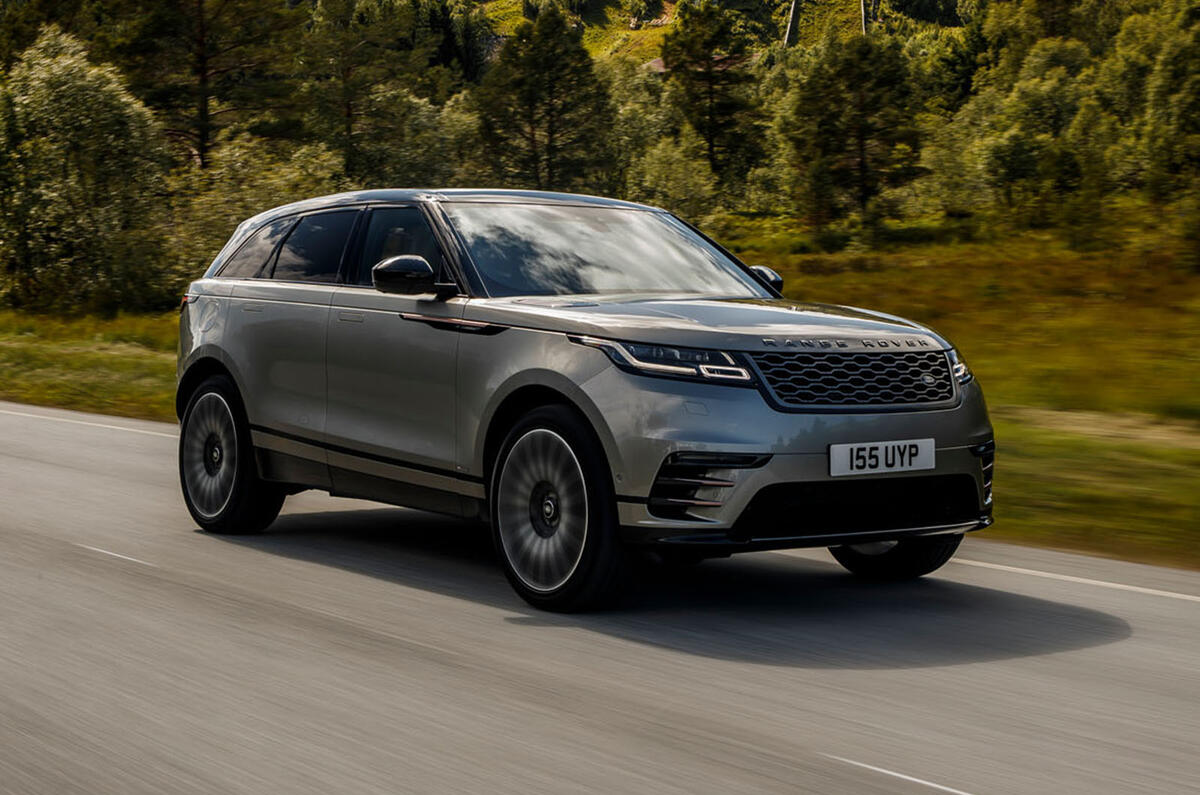
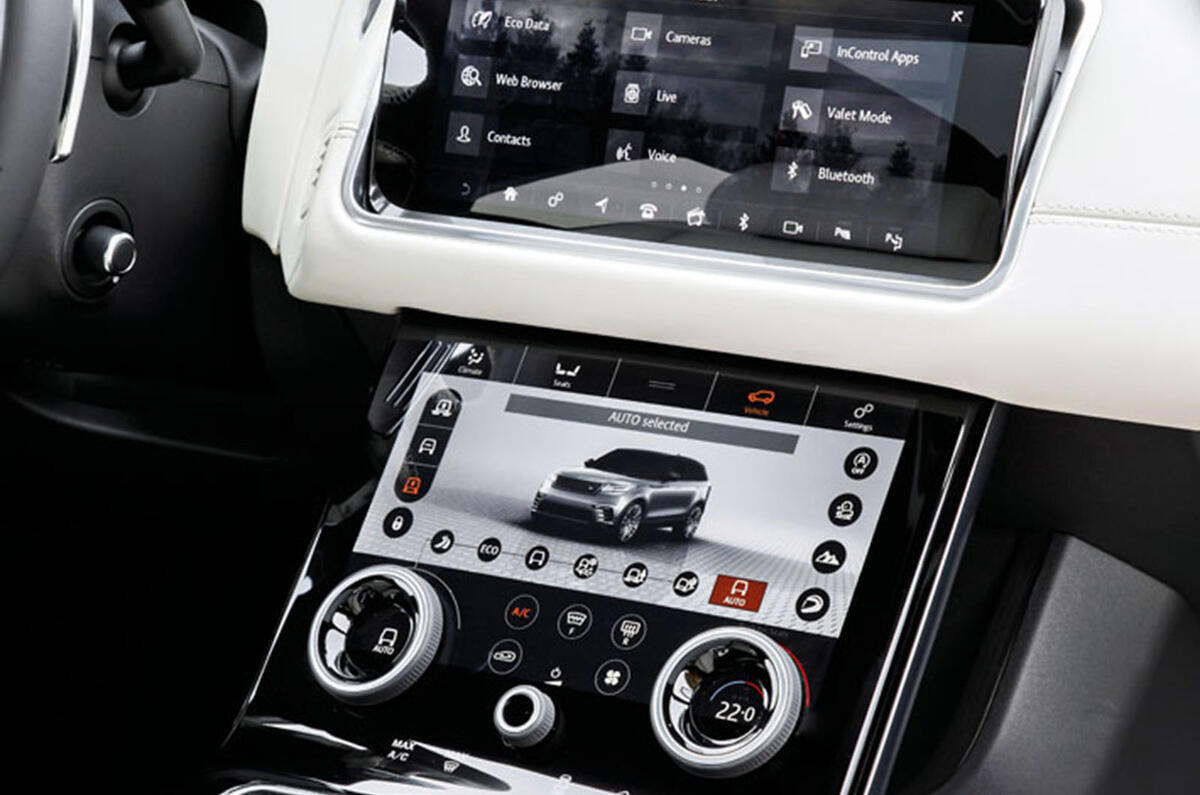
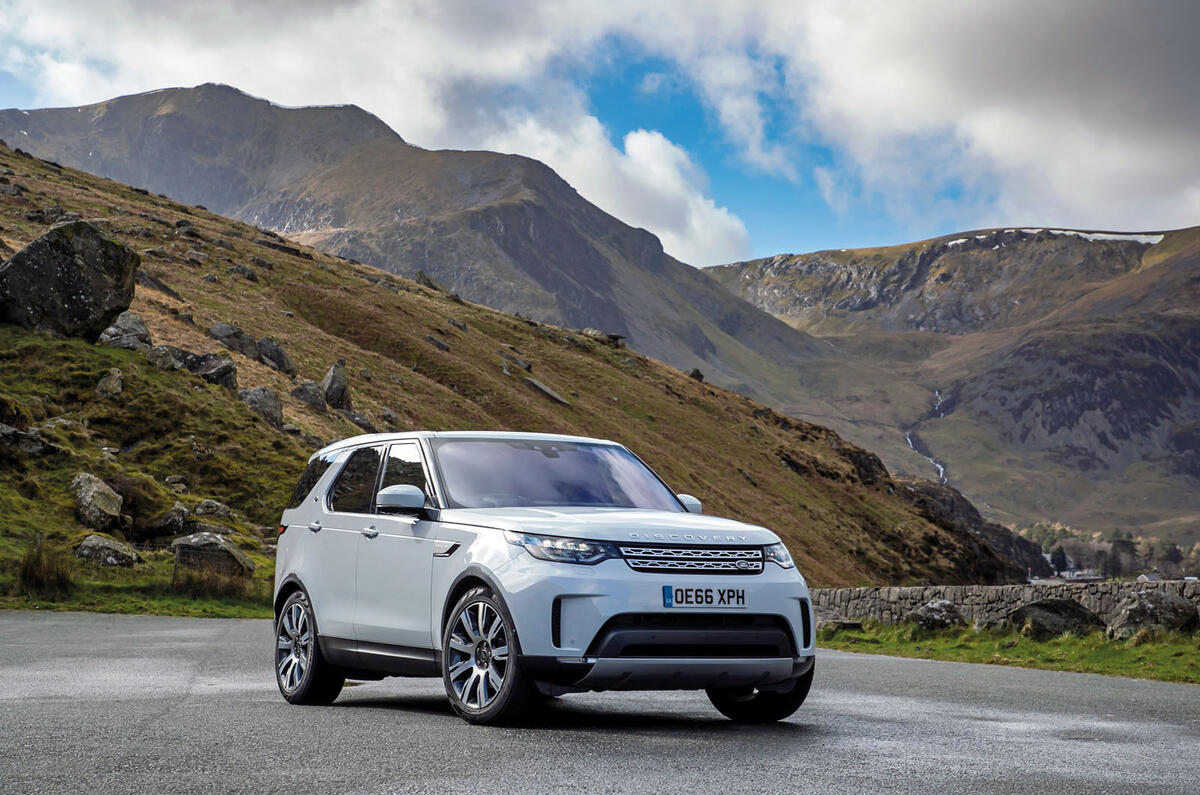
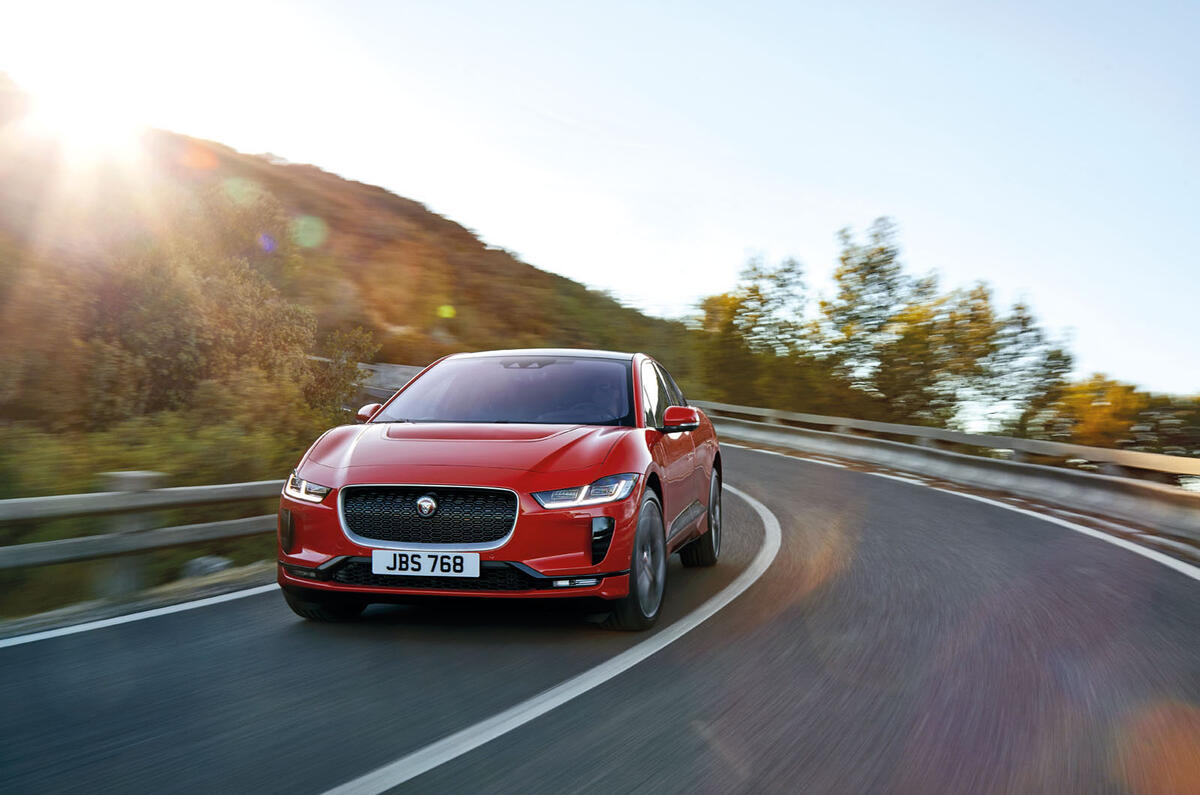
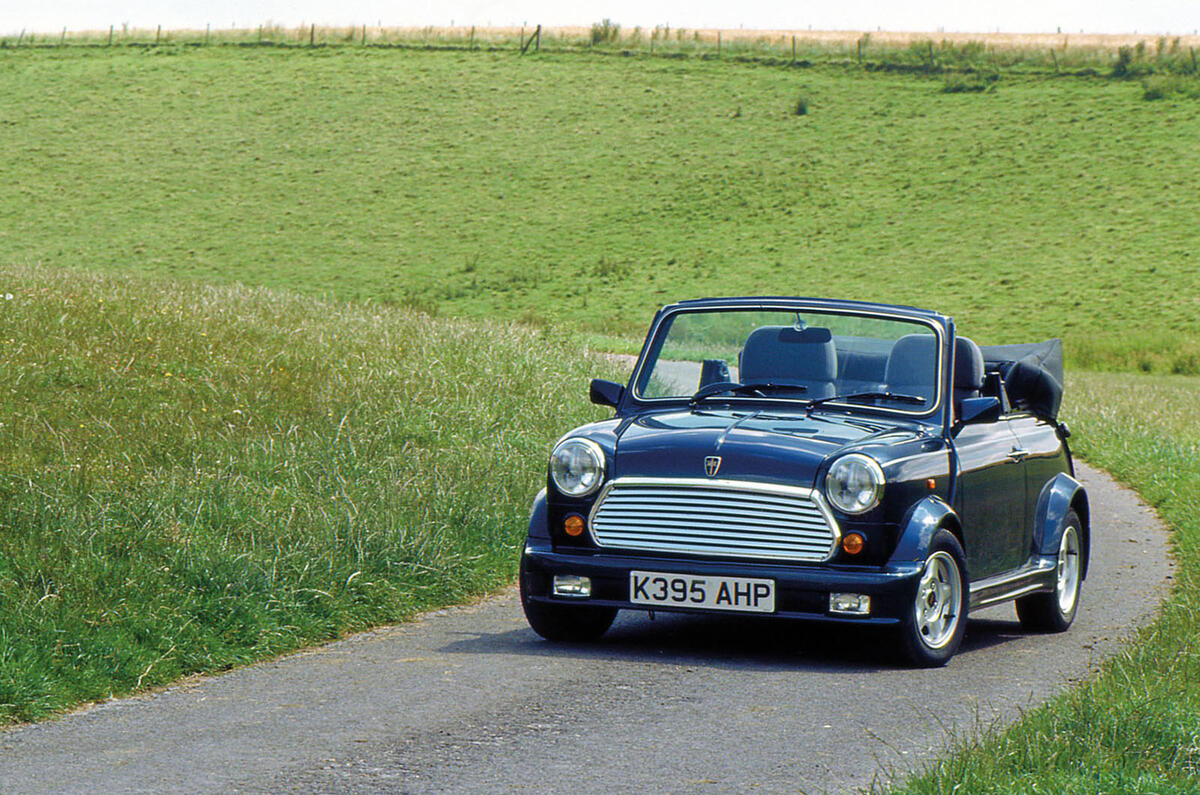

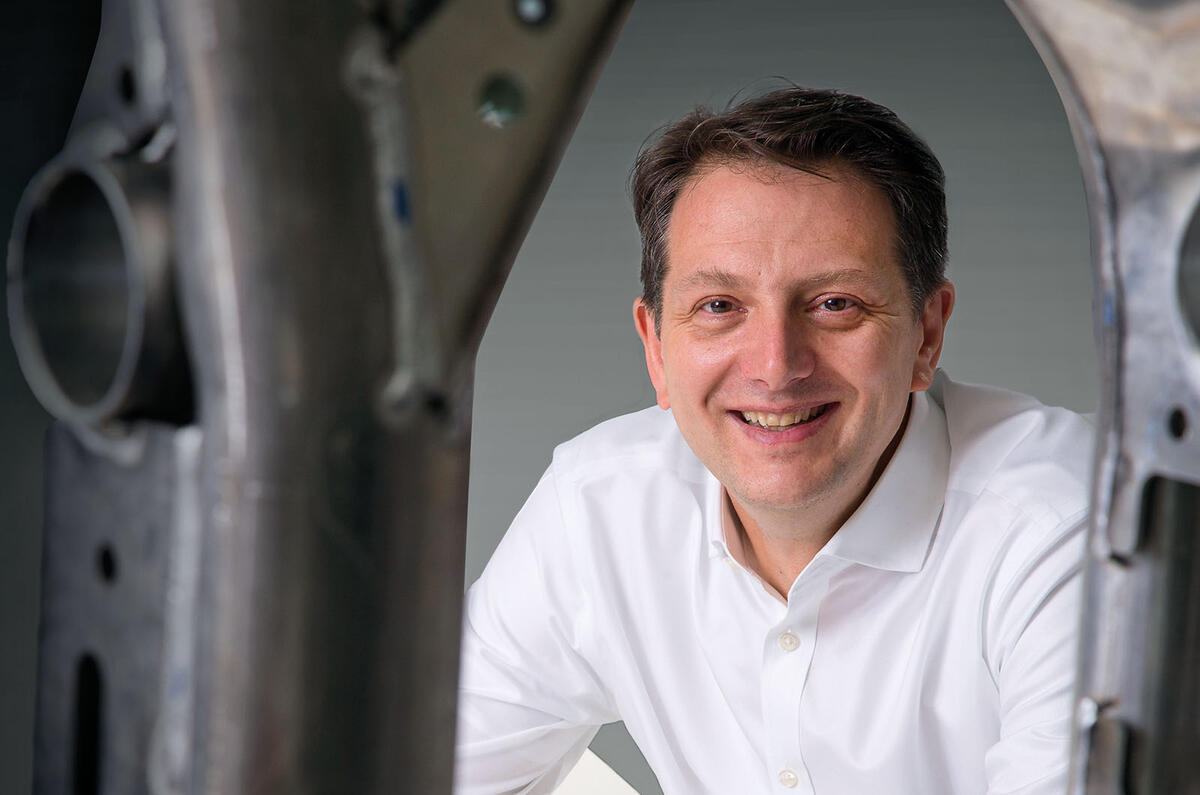

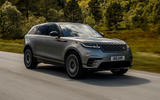
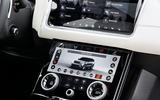
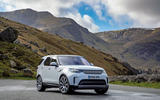
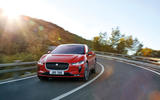
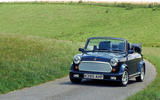
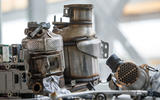







Join the debate
Add your comment
An excellent advertorial and
It sounds a bit like they are
It sounds a bit like they are rushing around trying to do everything, in contrast with Tesla who have a laser-like focus on building the best, most advanced car in the world which is electric. The Model 3 is clearly years ahead of any JLR product. My worry (as a lover of Jaguars and Land Rovers) is that JLR are desperately making more and more iterations of old technology, prime example being the E-Pace which is a heavy and uninspiring re-hash of the Evoque / Freelander, instead of really putting their 'A team' to work on next generation technology. The fact that EVs come last in this list says it all - 'we have to push the boundaries on both petrol and diesel technology, then make sure we have efficient 3cyl, 4cyl, 6cyl and V8 engines to offer. We also need mild and full hybrid solutions ready, and to join the battery electric revolution'. Why not wind down on petrol and diesel, forget plugin hybrids, and focus like their lives depend on it on battery electric? Because their lives, and those of the entire JLR workforce, do depend on getting that right.
paddyb wrote:
Tesla is based on lies and unfulfilled promises.....
They will make massive losses again and miss the reduced and more modest Model 3 production targets as well. Employees complain of the poor quality components and production techniques.
Both Model 3 and X have rampant quality issues and customers are not happy. They will go through a massive cash burn this quarter as well.
Tesla is an appalling exmaple to follow for any successful automaker. The only reason they survive is due to the highly overvalued shares which is falling as we speak!
"and customers are not happy". But better than Porsche, BMW etc
So why does it do so well in America's 2017 Consumer Report (evidence from 1,000's not your made up stuff), had a 91% owner satisfaction rating. Well ahead of Porsche by the way, and 14 places ahead of BMW
xxxx wrote:
Tesla quality like 90s Korean cars
http://www.thedrive.com/news/18218/auto-consultant-tears-down-tesla-model-3-and-compares-it-to-a-kia-in-the-90s
Model 3 Quality contorl issues
https://carbuzz.com/news/check-out-these-seriously-bad-tesla-model-3-quality-control-issues
Executives leaving, Quality issues
https://www.greentechmedia.com/articles/read/tesla-hit-by-executive-churn-model-3-quality-concerns
70s quality
http://autoweek.com/article/green-cars/tesla-model-3-walkaround-teardown-engineering-firm-highlights-assembly-issues
JLR have dropped the ball on
JLR have dropped the ball on the Defender. They are effectively handing the market to their competitors and turning the Defender ‘brand’ into yet another lifestyle option - just in case a Disco, Disco Sport, Velar or RRS don’t offer enough choices at the £50k price point.
I fear this mistake is going to haunt them.
scrap wrote:
Maybe, but how many can afford a 100k G-Class competitor?
I believe they will launch a proper successor to the Defender i.e. with all the off-road prowess of the current vehicle. Your outlook seems very myopic. The new Discovery is every bit as capable as its predecessor.
manicm wrote:
My view is not myopic. There is a huge and growing market for proper utility vehicles, mostly pick ups. VW and more recently Mercedes have recognised this trend and are seeking a slice of the pie. Land Rover is awol.
The New Defender should be built on an adaptable chassis, with power train flexibility baked in. The initial investment would be high but they could amortise it over many years.